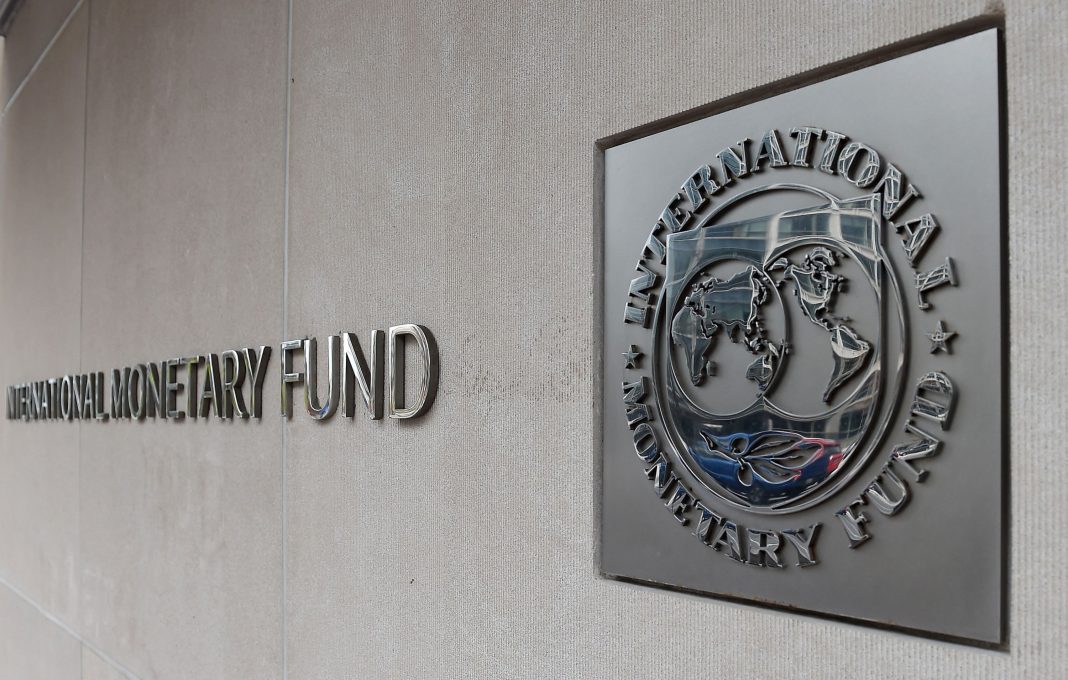The International Monetary Fund (IMF) has categorized Pakistan among six nations confronting significant conflicts in the current year, stating that these conflicts, alongside stringent macroeconomic policies, would impact their economic performances.
Furthermore, Finance Minister Muhammad Aurangzeb held discussions with IMF Managing Director Kristalina Georgieva in Washington, expressing Pakistan’s interest in pursuing another long-term bailout package. While the finance ministry has refrained from disclosing details of the meeting, IMF’s Middle East and Central Asia Director Jihad Azour later assured Pakistan of the Fund’s support. Azour stressed the importance of implementing reforms, highlighting their significance over the size of any new program.
The IMF’s recent report on the Middle East and Central Asia region revised the economic forecast for 2024 to 2.6%, attributing the decline to conflicts, tight policies, and reduced hydrocarbon production. The report noted that Pakistan, along with five other economies, including Iraq, Somalia, and Syria, faced conflicts at the beginning of 2024. This grouping with conflict-affected countries may adversely affect Pakistan’s global reputation and deter investment, reflecting challenges in managing IMF affairs by the finance ministry.
The report identified countries in conflict based on the Armed Conflict Location and Event Data Project’s criteria, considering those with at least 25 battle-related fatalities between January 1, 2024, and March 8, 2024. Amidst increased terrorist attacks and conflicts, the economic outlook for Pakistan remains uncertain, with challenges exacerbated by high inflation and unemployment rates.
Despite recommendations to maintain tight monetary policies, concerns persist over their impact on industrial output and the government’s budget. While inflation has moderated slightly, the IMF advises cautious monitoring and readiness to ease monetary policy if conditions permit.
Regarding external sector stability, the IMF’s projections indicate a deteriorating trend in Pakistan’s external buffers, primarily due to ongoing debt service obligations. Banks’ high exposure to sovereign debt further compounds risks, with borrowing requirements projected to remain substantial.
Finance Minister Aurangzeb acknowledged the rupee’s recent depreciation against the US dollar, citing a typical annual devaluation range of 6% to 8%. However, such depreciation implies a significant devaluation of the rupee, raising concerns about its future trajectory.




